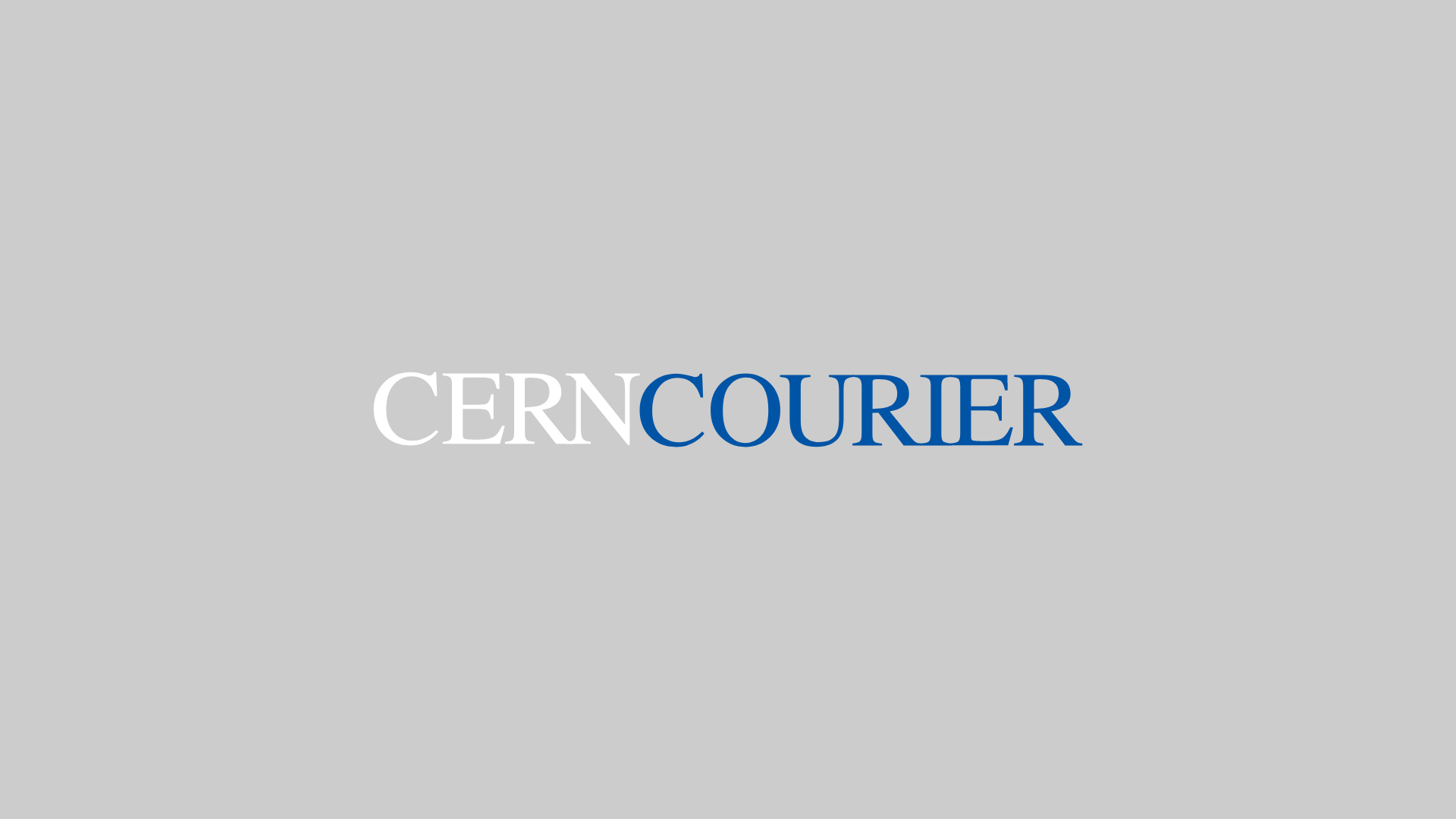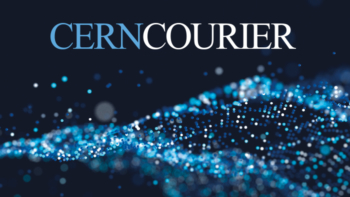 Read article 'There’s plenty of room at the top'
Read article 'There’s plenty of room at the top'
There’s plenty of room at the top
Space is the ultimate laboratory for fundamental physics and the possibility of holding experiments there was the theme of the SpacePart '03 conference. Roberto Battiston reports.








